
This week Larry plans to spread chicken litter on his winter crop stubbles.
Busherstown, Co Carlow
The settled weather continues in Busherstown and has given Larry a clean run at the winter barley and winter oat harvest. Ground conditions are excellent and this week he intends on spreading chicken litter at 2.0t/ac on stubble ground destined for winter cereals.
He uses a contractor with a Bergmann spreader to spread the litter and will give the field a run with the cultivator soon after.
Larry finished his winter oat harvest on 18 July. His gluten free food grade Barra oats are grown for Glanbia who also harvest the crop using a Claas Lexion 670 and 570. The harvest went very smoothly this year. While grain and straw yields were back, he is still happy with the crop considering the tough year they experienced. Specific weights ranged from 57-59.6KPH while average moistures came in at 13-14%.
The winter wheat harvest is currently underway and Larry is around half way through. Specific weights are so far very good, ranging from 77-79KPH. However initial yields on early ground are back at around 3.7t/ac at between 14-15% moisture.
The remaining winter wheat crops will be cut when the weather allows. Larry estimates that straw yields are also back around 25%. Straw demand remains exceptionally high.
Spring barley ripe
His spring barley harvest hasn’t commenced yet but Larry will make a start when the weather allows.
The crops are standing well but those on lighter ground look notably poorer than those on heavier ground.
“I’m hearing yields in the area of between 1.5-3.0t/ac in the area,” explains Larry.
The barley was grown for feed but there is the potential for an out of contract malting market this year if they make the spec.
His spring beans are ripening fast but there are a number of plants within the crops which are slow to ripen.
The pods on his beans are very low in the plant. Larry stubble cultivates all of his ground as soon as the fields are clear.
“We’re getting a good run at the harvest this year, while yields are back, grain prices should compensate.”
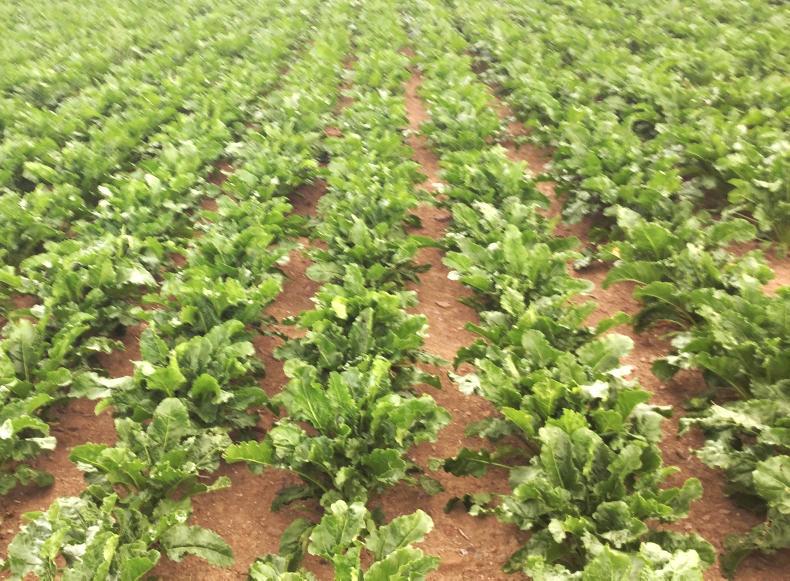
John's beet has recovered from previous drought stress experienced earlier in the year.
Clonmel, Co Tipperary
Since talking with John last, the harvest has progressed well and another day of good weather would finish the last of the spring barley. Over the last month, intermittent showers have provided enough moisture to kickstart grass growth without interfering with the harvest or ground conditions.
For 24 days straight, John was feeding his cattle 300kg meal, two 4x4 bales of silage and 30-40kg of straw each day but last Sunday his animals moved back to grazing pasture again. As well as the expense, this was one extra job to do each day when the focus should have been on the harvest.
“Most of the reports of spring barley in this area are in the region of 2.0t/ac, it’s like we’re back in the 70s again,” remarks John as the consequences of the poor spring and drought materialise. His spring barley averaged 2.2t/ac at 14-15%. Specific weights ranged from 58.3-63KPH and proteins ranged from 10.5-12%. Some loads didn’t make the malting barley grade. Straw yields were also back at between five to six 4x4 bales/ac.
Winter wheat preforms well
His winter wheat harvest was finished in July 26 and did very well, averaging 4.6t/ac. The crop followed spring beans. Moistures ranged from 19-20% with specific weights of between 72-73KPH.
“The crop was managed well and had developed enough before the worst of the drought kicked in,” explains John. Straw yields were also good, ranging from 14-15 4x4 round bales/ac. Straw demand is very high and John will struggle to meet demand from his regular customers.
This time last month, his beet was showing signs of stress but now the crop is back on track and John believes it will do well. The beet received its second application of Maxbor (3.0l/ha) last month.
“Boron deficiencies are much more prevalent in drought situations,” explains John. His beet is clean and there are no signs of caterpillar damage. There are a number of bolters in the crop which will be pulled this week.
“The harvest has gone very smoothly, it’s been one of the better ones and were getting a decent price for crops.”

Jamie cutting winter barley a number of weeks ago, the crop yielded between 3.2-3.9t/ac.
Cloon, Co Donegal
The weather in the northwest has returned to more normal conditions as broken weather arrived just in time for the harvest. While the weather has been broken, there hasn’t been a significant volume of rain and Jamie’s potato crops are still under some pressure for water.
After four weeks straight, potato irrigation has stopped and the equipment is now back in the yard. Jamie has begun to burn off some of his early maincrops with Reglone and will begin digging the earliest of his crops this week. His maincrop potatoes are coming along well. His fear at the moment is that there may be too many tubers in the crop, a result of the high temperatures. These may prove difficult to fully fill. For example, averaging between 11-13 tubers per plant in a Rooster crop on a normal year is considered good.
This year tuber numbers are ranging from 18-20. “While the weather has been more favourable up here, it’s questionable whether there’ll be enough power to fill these tubers,” explains Jamie.
No signs of sprouting
While there is plenty of scab present in the crop, there are little growth cracks present. None of his crops are showing signs of sprouting.
“The sprouting problem seems to be mostly present in later sown crops. All of our later sown crops were sown into old ley ground which helped,” Jamie explains. Warm, humid weather has increased blight pressure in the area and Jamie is applying a blight spray every seven days.
The harvest is progressing well. His winter barley yielded between 3.2-3.9t/ac which was heavily dictated by soil type. Moistures ranged from 16.5-17.9% and straw yields were excellent. He finished his winter oilseed rape harvest at the weekend and Jamie was very happy with its performance. The crop averaged around 1.9 t/ac at moistures of 10.5%. “It was on fresh ground and the crop seemed to suit the sunshine.”
His spring barley and oats are still some time away from harvest, at least three weeks according to Jamie.
“Things have been going smoothly up here, this part of the country seems to suit a dry year.”
Read more
From the Tramlines: steady harvest progress made in all corners
From the tramlines: countdown on to spring harvest

This week Larry plans to spread chicken litter on his winter crop stubbles.
Busherstown, Co Carlow
The settled weather continues in Busherstown and has given Larry a clean run at the winter barley and winter oat harvest. Ground conditions are excellent and this week he intends on spreading chicken litter at 2.0t/ac on stubble ground destined for winter cereals.
He uses a contractor with a Bergmann spreader to spread the litter and will give the field a run with the cultivator soon after.
Larry finished his winter oat harvest on 18 July. His gluten free food grade Barra oats are grown for Glanbia who also harvest the crop using a Claas Lexion 670 and 570. The harvest went very smoothly this year. While grain and straw yields were back, he is still happy with the crop considering the tough year they experienced. Specific weights ranged from 57-59.6KPH while average moistures came in at 13-14%.
The winter wheat harvest is currently underway and Larry is around half way through. Specific weights are so far very good, ranging from 77-79KPH. However initial yields on early ground are back at around 3.7t/ac at between 14-15% moisture.
The remaining winter wheat crops will be cut when the weather allows. Larry estimates that straw yields are also back around 25%. Straw demand remains exceptionally high.
Spring barley ripe
His spring barley harvest hasn’t commenced yet but Larry will make a start when the weather allows.
The crops are standing well but those on lighter ground look notably poorer than those on heavier ground.
“I’m hearing yields in the area of between 1.5-3.0t/ac in the area,” explains Larry.
The barley was grown for feed but there is the potential for an out of contract malting market this year if they make the spec.
His spring beans are ripening fast but there are a number of plants within the crops which are slow to ripen.
The pods on his beans are very low in the plant. Larry stubble cultivates all of his ground as soon as the fields are clear.
“We’re getting a good run at the harvest this year, while yields are back, grain prices should compensate.”

John's beet has recovered from previous drought stress experienced earlier in the year.
Clonmel, Co Tipperary
Since talking with John last, the harvest has progressed well and another day of good weather would finish the last of the spring barley. Over the last month, intermittent showers have provided enough moisture to kickstart grass growth without interfering with the harvest or ground conditions.
For 24 days straight, John was feeding his cattle 300kg meal, two 4x4 bales of silage and 30-40kg of straw each day but last Sunday his animals moved back to grazing pasture again. As well as the expense, this was one extra job to do each day when the focus should have been on the harvest.
“Most of the reports of spring barley in this area are in the region of 2.0t/ac, it’s like we’re back in the 70s again,” remarks John as the consequences of the poor spring and drought materialise. His spring barley averaged 2.2t/ac at 14-15%. Specific weights ranged from 58.3-63KPH and proteins ranged from 10.5-12%. Some loads didn’t make the malting barley grade. Straw yields were also back at between five to six 4x4 bales/ac.
Winter wheat preforms well
His winter wheat harvest was finished in July 26 and did very well, averaging 4.6t/ac. The crop followed spring beans. Moistures ranged from 19-20% with specific weights of between 72-73KPH.
“The crop was managed well and had developed enough before the worst of the drought kicked in,” explains John. Straw yields were also good, ranging from 14-15 4x4 round bales/ac. Straw demand is very high and John will struggle to meet demand from his regular customers.
This time last month, his beet was showing signs of stress but now the crop is back on track and John believes it will do well. The beet received its second application of Maxbor (3.0l/ha) last month.
“Boron deficiencies are much more prevalent in drought situations,” explains John. His beet is clean and there are no signs of caterpillar damage. There are a number of bolters in the crop which will be pulled this week.
“The harvest has gone very smoothly, it’s been one of the better ones and were getting a decent price for crops.”

Jamie cutting winter barley a number of weeks ago, the crop yielded between 3.2-3.9t/ac.
Cloon, Co Donegal
The weather in the northwest has returned to more normal conditions as broken weather arrived just in time for the harvest. While the weather has been broken, there hasn’t been a significant volume of rain and Jamie’s potato crops are still under some pressure for water.
After four weeks straight, potato irrigation has stopped and the equipment is now back in the yard. Jamie has begun to burn off some of his early maincrops with Reglone and will begin digging the earliest of his crops this week. His maincrop potatoes are coming along well. His fear at the moment is that there may be too many tubers in the crop, a result of the high temperatures. These may prove difficult to fully fill. For example, averaging between 11-13 tubers per plant in a Rooster crop on a normal year is considered good.
This year tuber numbers are ranging from 18-20. “While the weather has been more favourable up here, it’s questionable whether there’ll be enough power to fill these tubers,” explains Jamie.
No signs of sprouting
While there is plenty of scab present in the crop, there are little growth cracks present. None of his crops are showing signs of sprouting.
“The sprouting problem seems to be mostly present in later sown crops. All of our later sown crops were sown into old ley ground which helped,” Jamie explains. Warm, humid weather has increased blight pressure in the area and Jamie is applying a blight spray every seven days.
The harvest is progressing well. His winter barley yielded between 3.2-3.9t/ac which was heavily dictated by soil type. Moistures ranged from 16.5-17.9% and straw yields were excellent. He finished his winter oilseed rape harvest at the weekend and Jamie was very happy with its performance. The crop averaged around 1.9 t/ac at moistures of 10.5%. “It was on fresh ground and the crop seemed to suit the sunshine.”
His spring barley and oats are still some time away from harvest, at least three weeks according to Jamie.
“Things have been going smoothly up here, this part of the country seems to suit a dry year.”
Read more
From the Tramlines: steady harvest progress made in all corners
From the tramlines: countdown on to spring harvest







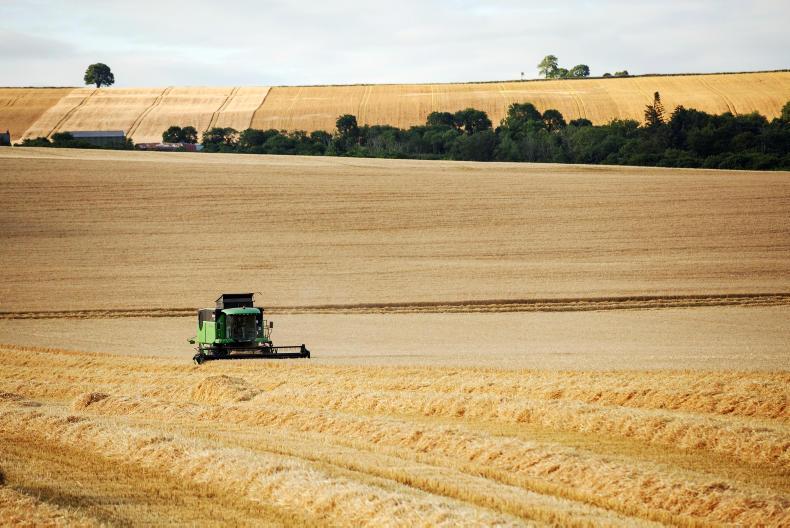
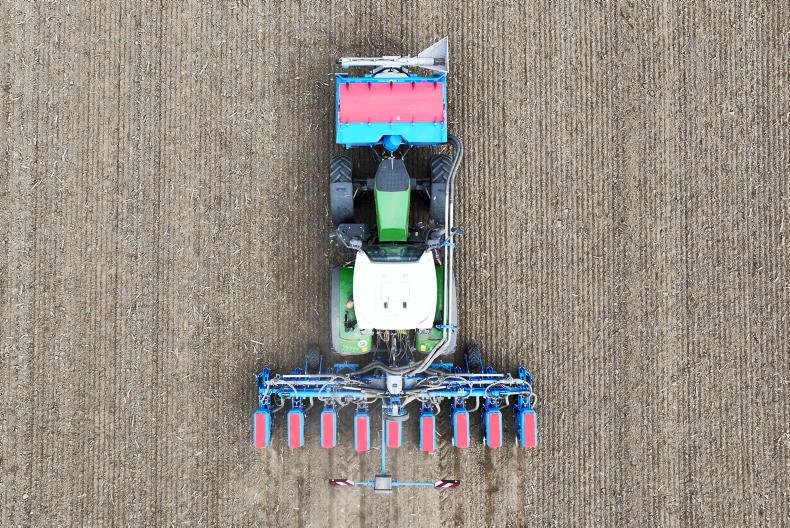

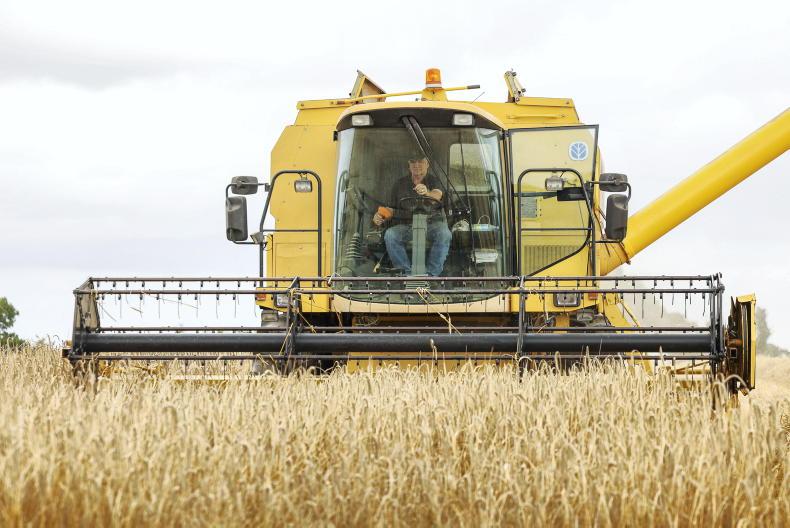
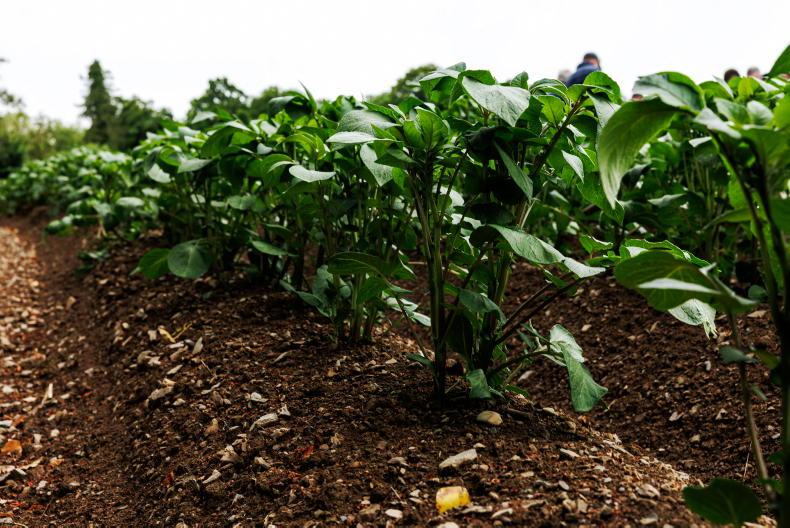
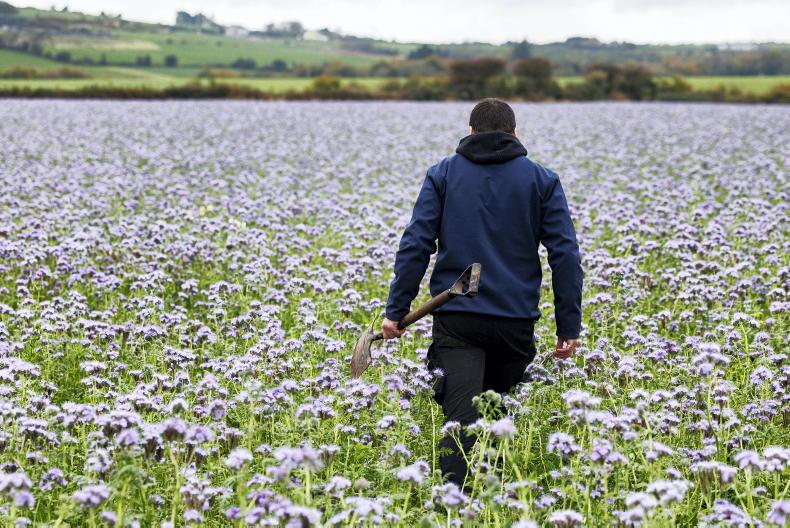
SHARING OPTIONS